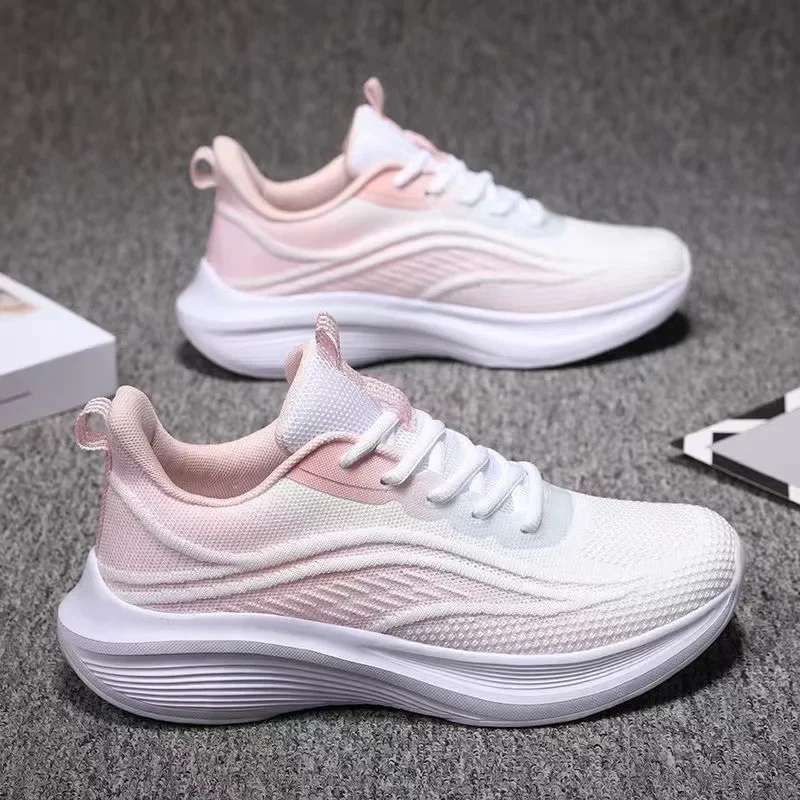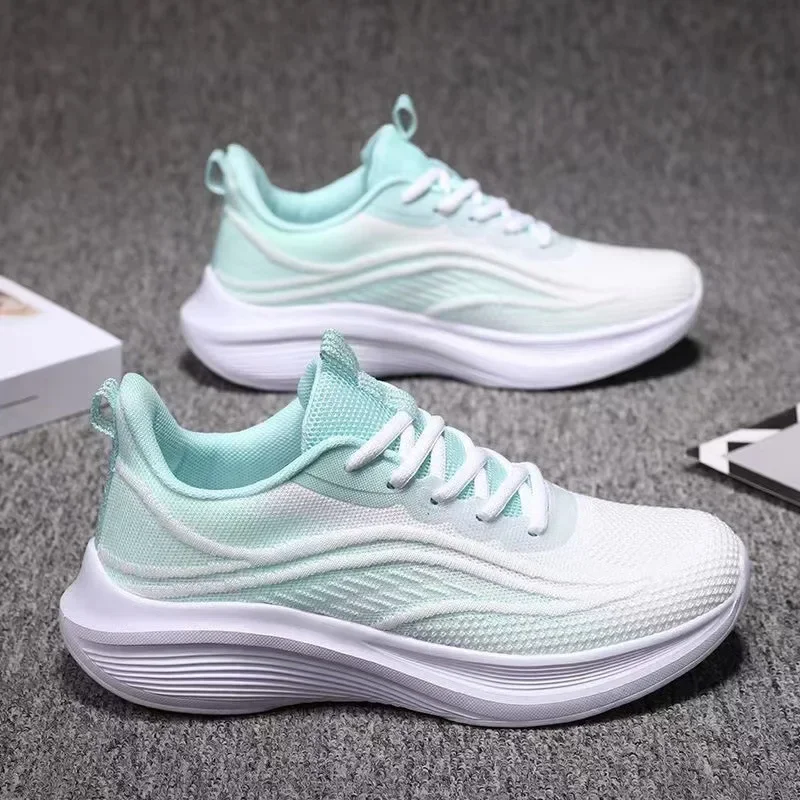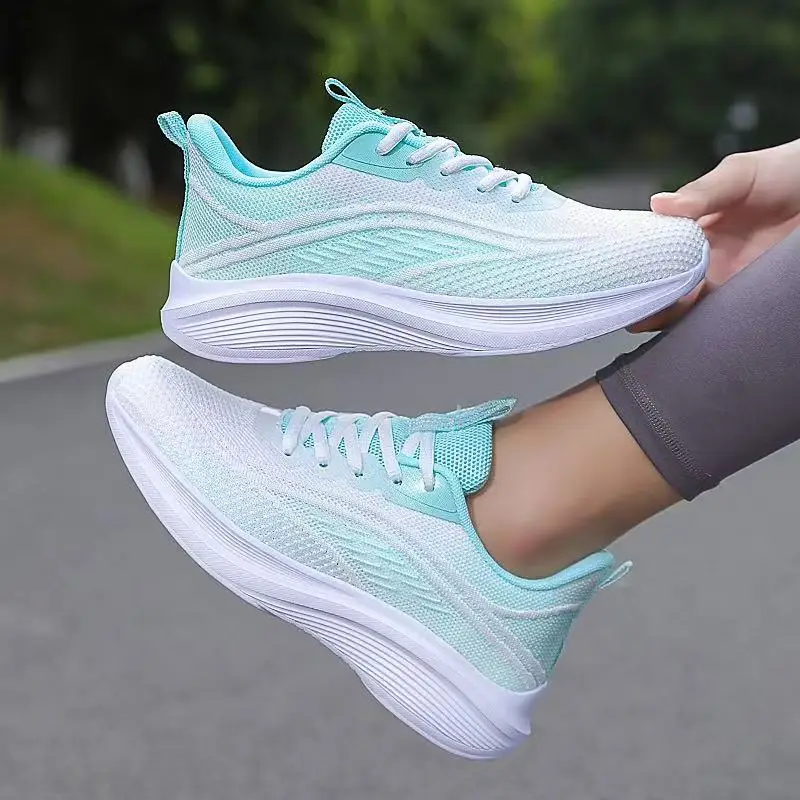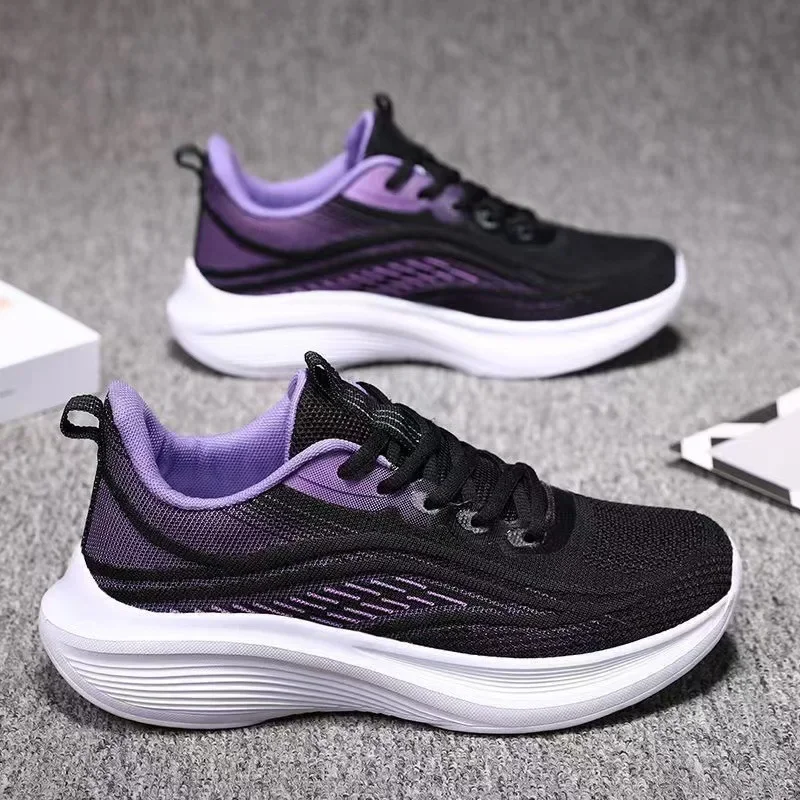Introduction
When it comes to running, having the right shoes is crucial. However, how you lace your running shoes can significantly affect comfort, stability, and performance. Many runners overlook the importance of lacing techniques. This guide will explore various methods of lacing running shoes, discuss the benefits of each technique, and provide tips for adjusting your laces to suit your unique needs. Let’s dive into the world of running shoe laces and discover how to lace running shoes can enhance your running experience.

Understanding the Anatomy of Running Shoes
Before diving into specific lacing techniques, it’s essential to understand the basic anatomy of running shoes. Running shoes typically consist of several key components:
- Upper: This is the part of the shoe that covers your foot. It is usually made of lightweight materials that offer breathability and flexibility.
- Midsole: The midsole is often the most critical component for cushioning. It absorbs shock and provides support, helping to protect your feet and joints during runs.
- Outsole: The outsole is the bottom part of the shoe that makes contact with the ground. It is usually made of rubber for durability and traction.
- Toe Box: The toe box provides space for your toes to move. It should not be too tight or too loose.
- Heel Counter: This part of the shoe helps to stabilize your heel and provide support while running.
Understanding these components helps you appreciate why proper lacing is crucial. A poorly laced shoe can affect the fit and performance of these parts, leading to discomfort or injury.
Why Proper Lacing Matters
Lacing your shoes correctly can significantly impact your running experience. Here are some reasons why proper lacing is essential:
Comfort
Comfort is key when running. Incorrectly laced shoes can cause pressure points, leading to blisters or discomfort. A well-laced shoe will fit snugly without being too tight, allowing for a comfortable fit. It can help prevent your foot from sliding around inside the shoe, reducing friction that can cause blisters.
Stability
Good lacing ensures that your foot remains secure in the shoe. Stability is critical, especially during long runs or when navigating uneven terrain. If your foot moves too much inside the shoe, it can lead to instability, increasing the risk of injury. A stable foot position helps maintain proper form, allowing you to run more efficiently.
Performance
When your shoes fit well, you can run more effectively. Proper lacing can enhance your performance. It allows you to generate power with each stride. You want your shoes to feel like an extension of your body, and good lacing helps achieve that feeling. Additionally, a well-laced shoe can improve your running economy, making you feel less fatigued over longer distances.
Injury Prevention
Improperly laced shoes can lead to various injuries. Runners may experience issues like plantar fasciitis, shin splints, or knee pain due to a poor fit. It is essential to lace your shoes in a way that minimizes these risks. Proper lacing can help keep your foot in the right position, reducing unwanted movement that can contribute to injuries.
Common Lacing Techniques
How to lace running shoes? Now that we understand the importance of lacing let’s explore some common lacing techniques that can improve fit and comfort.
Standard Lacing
The most common lacing method is the standard lacing technique. This method works well for most runners and offers a secure fit. Here’s how to do it:
- Start at the Bottom: Begin at the bottom eyelet of your shoe. Thread the lace through the bottom two eyelets from the outside to the inside, allowing equal lengths on both sides.
- Cross the Laces: Take the right lace and cross it over the left lace. Pull the right lace from the bottom up through the next eyelet on the left side, then repeat with the left lace, pulling it through the next eyelet on the right side.
- Continue Up the Shoe: Repeat this pattern, crossing the laces and pulling them through the next eyelet alternately until you reach the top of the shoe.
- Adjust the Tension: As you lace, keep an eye on the tension. The shoe should fit snugly but not painfully tight. You should be able to wiggle your toes slightly.
Lacing for Wide Feet
Runners with wider feet may find that standard lacing does not provide enough room in the toe box. If this is the case, consider the following technique:

- Skip Eyelets: Instead of lacing through every eyelet, skip one or two eyelets to give your toes more room. This can create a more comfortable fit in the toe box.
- Use a Loose Lacing Pattern: When you lace the shoe, do not pull the laces too tight. A looser fit in the forefoot area allows more space, reduces pressure, and prevents those uncomfortable tight spots.
- Secure the Heel: Ensure that the laces are tight around the midfoot and heel areas. A secure midfoot and heel will help keep your foot stable within the shoe, compensating for the looser fit around the front.
Heel Lock Lacing
How to lace running shoes?Heel lock lacing is an excellent method for securing the heel, which can improve stability for runners prone to blisters or heel slippage. This technique is straightforward and effective:
- Lace Normally to the Second Last Eyelet: Follow the standard lacing technique until you reach the second last eyelet.
- Create a Loop: Instead of threading the laces through the last eyelet, create a loop with each lace by threading them through the last eyelet on the same side.
- Cross the Laces: Now, cross the laces in front of the shoe. Take the left lace and thread it through the loop created by the right lace, then pull to tighten.
- Secure the Final Knot: Pull the laces snugly to secure the heel, then tie your usual knot. This will lock your heel in place.
Alternative Lacing Techniques
Aside from the common lacing methods discussed, there are additional techniques you can explore to tailor your shoe fit further.
Loop Lacing for High Arches
Runners with high arches may benefit from loop lacing. This method helps to relieve pressure on the top of the foot. Here’s how to do it:
- Lace Normally to the Last Eyelet: Follow the standard lacing pattern up to the last eyelet on both sides.
- Create a Loop: Instead of pulling both laces through the last eyelet, create a loop with each lace on the same side.
- Cross Over and Thread Through the Loops: Cross the laces in front and thread them through the loops you created.
- Tighten and Tie: Pull on the laces to tighten the fit, ensuring the pressure is evenly distributed. Tie your knot as you usually would.
Diagonal Lacing
This method can be particularly beneficial for runners with certain foot shapes. Diagonal lacing shifts tension to prevent pressure points and create a more comfortable fit.

- Skip Eyelets: Start like standard lacing. However, instead of crossing the laces directly, lace them diagonally. For example, take the right lace and pull it to the next eyelet on the left side.
- Alternate Sides: Continue this diagonal pattern throughout the lacing process.
- Adjust for Comfort: Ensure the tension remains even and comfortable throughout. This helps prevent any unnecessary pressure on any specific points of your foot.
Double Back Lacing
Double back lacing can work wonders for runners who need extra security but may need additional flexibility at the midfoot.
- Start with Standard Lacing: Lace the shoe using the standard method but stop before reaching the last eyelet.
- Double Back: Take the lace from the side where you began, double it back, and thread it through the eyelet before pulling it through the adjacent one.
- Create Tension: This technique allows for more grip at the top while keeping the fit comfortable throughout the rest of the shoe.
Tips for Optimal Lacing
To ensure you get the best possible fit from your running shoes, keep the following tips in mind when lacing:
Adjust for Different Conditions
Sometimes, you may need different lacing techniques depending on the conditions in which you are running. For example, if you run on trails, you may need your laces tighter for stability. Yet, if you’re running on the track, a looser fit might feel better. Be ready to adjust your technique based on your environment.
Check Your Laces Regularly
Over time, laces can stretch or loosen with use. Be sure to check your laces before every run to ensure they are snug. Adjust the tension as necessary and change your techniques if you feel your shoes slipping or not fitting right.
Experiment and Find What Works for You
Don’t be afraid to try different lacing methods to find what feels best. Every runner has unique feet and preferences, so experiment until you find the technique that works best for your needs. Remember, there is no one-size-fits-all approach.
Consider Different Laces
Sometimes, simply changing your laces can help. Different laces can affect the fit and feel of your shoes. For example, elastic laces can provide a different level of comfort compared to traditional laces.
Conclusion
Properly lacing your running shoes is an essential aspect of enhancing your running experience. It ensures comfort, stability, and performance while contributing to injury prevention. By understanding the anatomy of running shoes and exploring various lacing techniques, you can find the right method that suits your unique foot shape and running style.
Regularly assess your lacing technique and be willing to adapt as needed. Small adjustments can make a big difference in your overall running experience. So, get out there, lace up those shoes, and hit the pavement with confidence!
